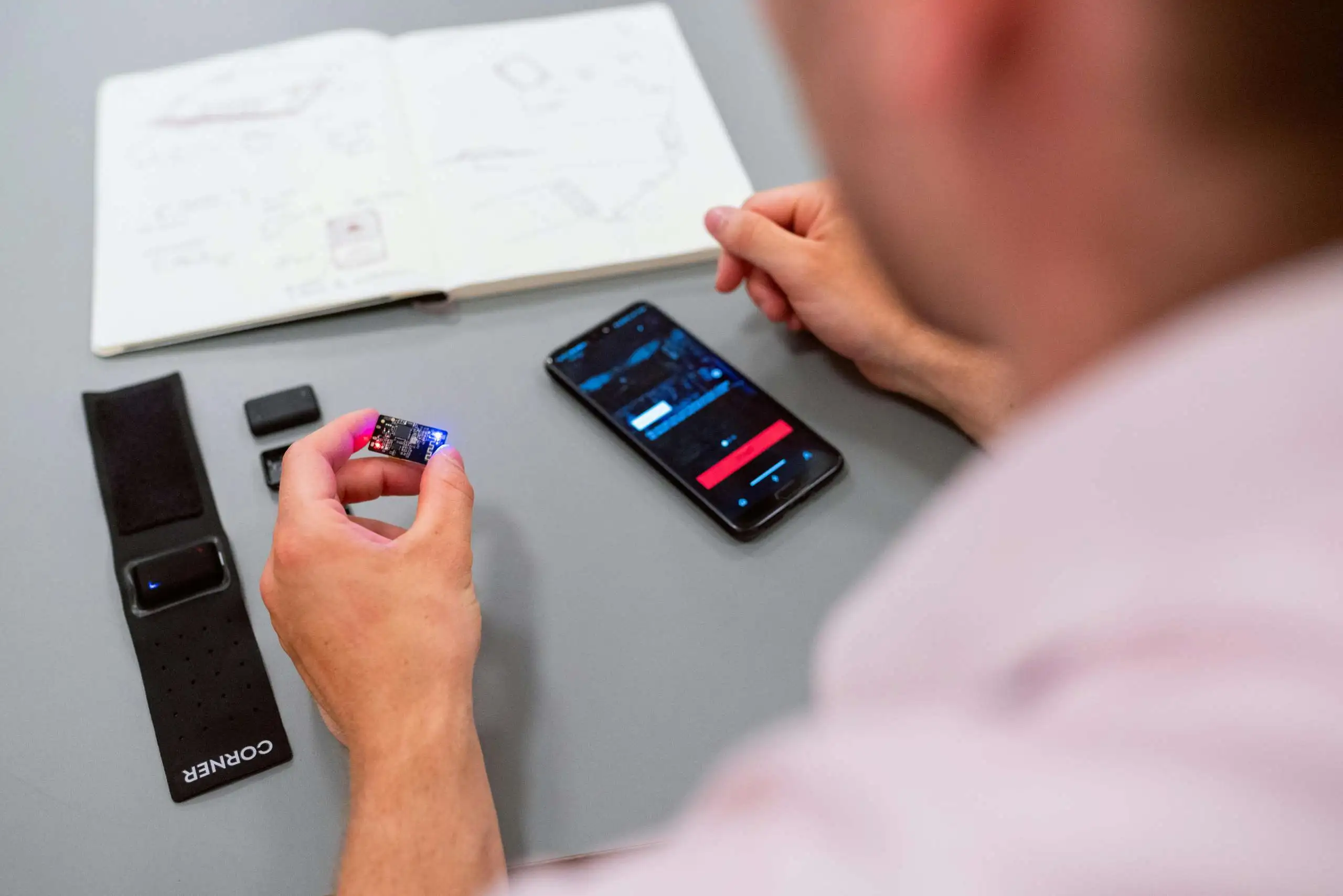
Through perseverance and innovation, what once seemed impossible has become achievable.
We live in an era where our mobile devices have become indispensable. Not only is it always on us, but it manages almost every aspect of our lives. Our devices have become like an extension of ourselves. It’s not just a device that we carry around, but rather our gateway to the world. These devices have completely transformed the way we communicate. They have revolutionised travel, shopping, health and finance management, work routines, and even daily planning. But have you ever stopped to think about the driving force behind this radical change? How did we get here in what feels like such a short period? The answer is simple: innovation. Software innovation has been driving industry disruption like never before.
Consider, for instance, the applications currently installed on your phone. It ranges from social media platforms to navigation tools, from banking apps to fitness and health trackers. These are all powered by software, and they’ve completely revolutionised the way we go about our daily lives.
We no longer need to spend hours in a library reading through tons of books. Gone are the days of making 5-cent photocopies of pages with relevant information to further review at home, or spending hours on the landline or filling out a bunch of paper forms and posting it off to make bookings for services we require.
Why? Because we have a world of information and services, quite literally, right at our fingertips.
It’s not only about individual convenience. Software-fueled innovation has also led to massive disruptions across various industries.
Consider the retail sector as an example. The retail sector has undergone a significant transformation due to the emergence of e-commerce giants like Amazon. As a consumer, they presented us with convenience and choice we did not once thought possible. We can now “window-shop” whenever and wherever we want, do price comparisons in an instant, and make purchases on the spot without ever leaving the house. We no longer need to be in the same physical location as the retail store. We can obtain products from almost anywhere. This innovation has forced brick-and-mortar shops to rethink their strategies to mitigate the risk of becoming obsolete, with many now also offering online stores and delivery services.
Turning to transportation, the introduction of applications such as Uber and Lyft has completely transformed the way we get around, challenging traditional transport services and even influencing urban planning. But we have not only seen innovation in transport services, but also navigation. We no longer need to buy and carry around large paper maps of the locations we visit, we have that available in an instant with the introduction of navigation services such as Google Maps. Not only can we plan trips or get directions within moments, but we are also guided based on the shortest trip, real-time traffic information, accident reports, and the like. Furthermore, many modern cars come equipped with built-in navigation software as a base feature.
Let’s delve into the finance sector:
If you think about how you are managing your money today, it no longer includes standing in long queues at the bank and filling out a bunch of paperwork. Financial services are now more accessible, efficient, and personal than ever before.
With the introduction of mobile banking apps, it’s like having a bank teller in the palm of your hand. It allows you to check your balances, transfer money, pay bills any time of the day and from anywhere. Additionally, you can invest with the same convenience. However, the impact of software-fueled innovation extends beyond these banking apps.
Fintech companies are disrupting traditional banking and investment models by connecting borrowers directly with investors, bypassing traditional institutions, and offering more competitive rates for both parties.
Then there is the introduction of cryptocurrencies and blockchain technology, which has the potential to reshape the financial landscape by offering decentralized alternatives to traditional currencies and payment systems.
Looking at the insurance sector, it’s traditionally been associated with paperwork, bureaucracy, and lengthy and difficult claims processes. That is now changing due to software innovation. Operations are being streamlined, customer experiences are enhanced and risks are being mitigated in exciting ways.
For example, by installing a device in your vehicle that tracks driving behaviour, insurance companies can better assess your individual risk profile thus enabling them to offer you a personalized price on your insurance premium. Not only does this benefit safe drivers with lower premiums, but also incentivizes responsible behaviour on the road.
Additionally, Insurtech startups are challenging traditional insurance practices with the introduction of on-demand insurance for gig workers, stop-start insurance for regular consumers, and peer-to-peer insurance networks.
Now, let’s turn our attention to the logistics sector – the backbone of global trade and commerce. Logistics plays a crucial role in keeping the wheels of the economy turning, and software innovation is at the heart of its evolution. We have seen the rise of transportation management systems and warehouse management systems that leverage data analytics, optimization algorithms, and real-time tracking capabilities that streamline operations, optimize routes, and improve overall efficiency.
It’s not just about efficiency however, it’s also about visibility and transparency. Real-time tracking and tracing capabilities allow suppliers and consumers to monitor the movement of goods throughout the entire supply chain.
Predictive analytics and machine learning algorithms are being used to forecast demand, anticipate supply chain disruptions, and optimize inventory levels. This allows for a proactive approach to logistics management that enables companies to mitigate risk, reduce cost, and better meet customer expectations.
As with everything in life, it’s not just the big players in the industries that are shaking it up. Software innovation has also empowered small startups to enter markets and cause positive disruption in ways that were not thought possible before. With the right idea and the right technology, anyone can challenge the status quo and change the game.
However, innovation does not come without additional challenges and risks. Cybersecurity threats remain one of the biggest concerns. Hackers are constantly probing for vulnerabilities in our financial systems or looking for ways to access personal information that they can use to either impersonate us, sell to other bad actors, or scam or blackmail us into giving them what they are after. Regulatory frameworks and compliance are struggling to keep up with the rapid pace of change, raising questions about consumer protection, data privacy, and systemic stability. Nevertheless, despite these challenges, many sectors are ripe for continued disruption and innovation.
Innovation is no longer just a buzzword, it is a necessity. Whether you are a big corporation, a small business, or an entrepreneur starting out, embracing software innovation is key to staying relevant and competitive in an ever-changing landscape. Moreover, it’s not just about keeping up with the latest technology or trends. True innovation stems from a mindset characterized by a willingness to challenge the norms, think outside the box, and deny the impossible by constantly pushing the boundaries of what is thought to be impossible.
So as you navigate this brave new era of software-fueled disruption, remember to keep innovating, keep persevering, and keep embracing the endless possibilities that lie ahead.

